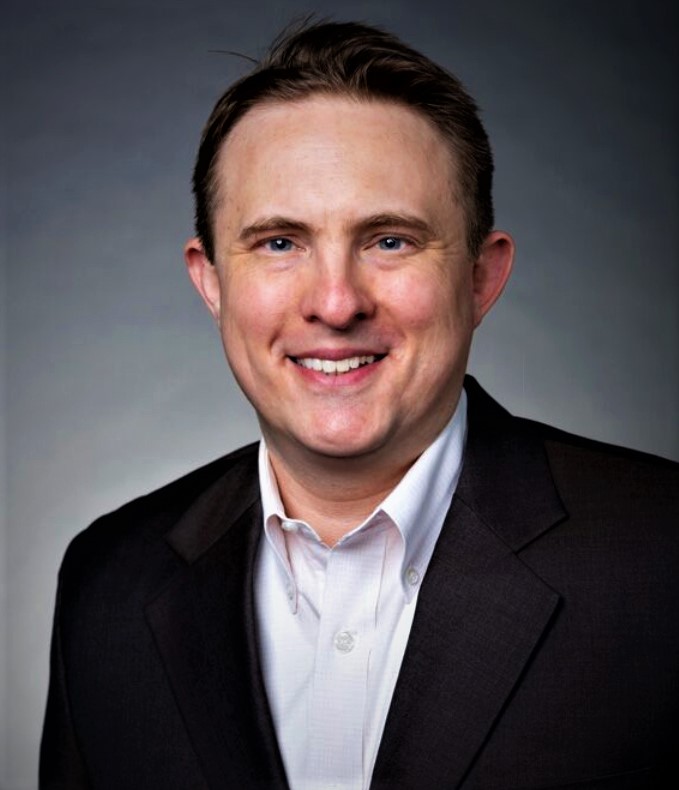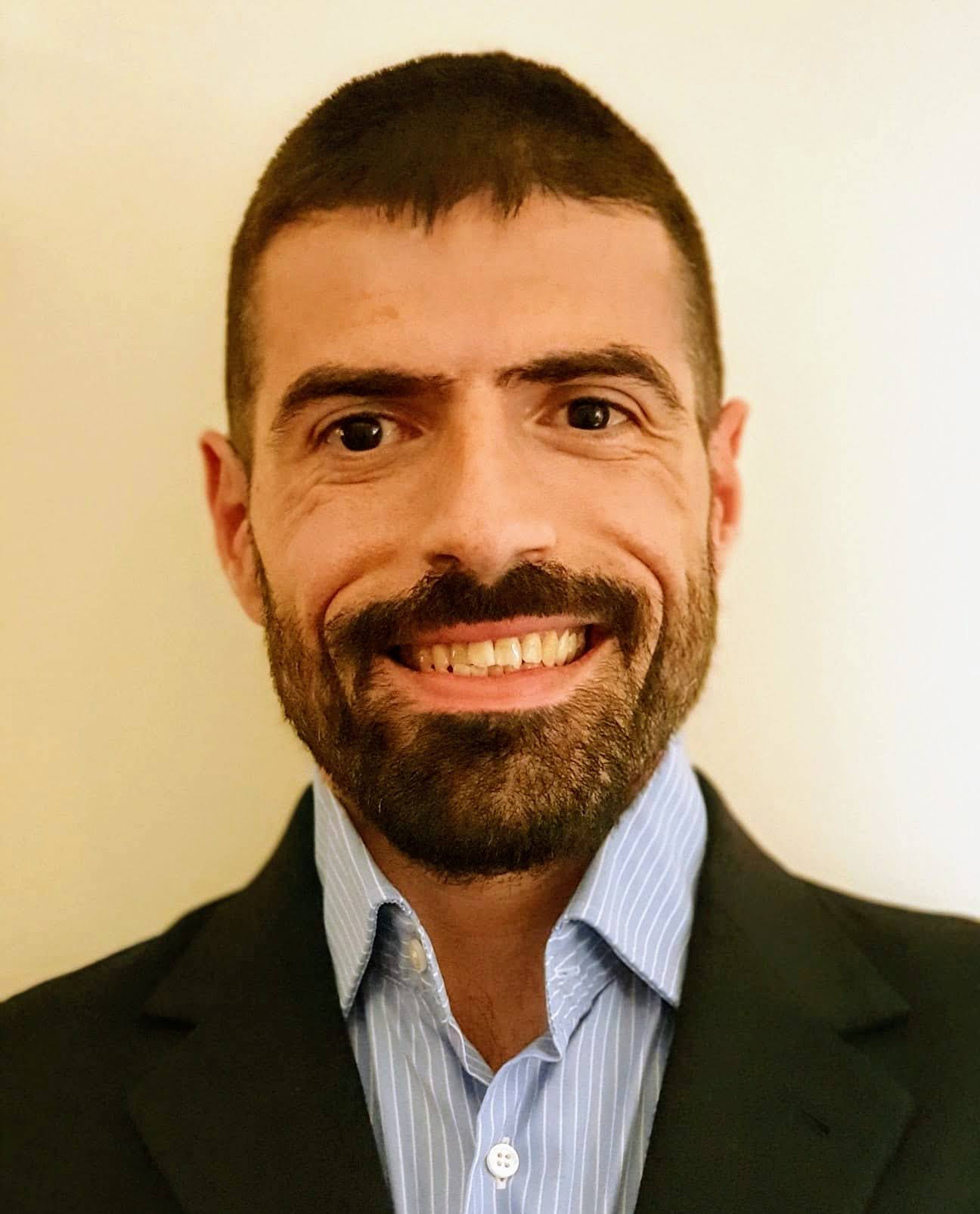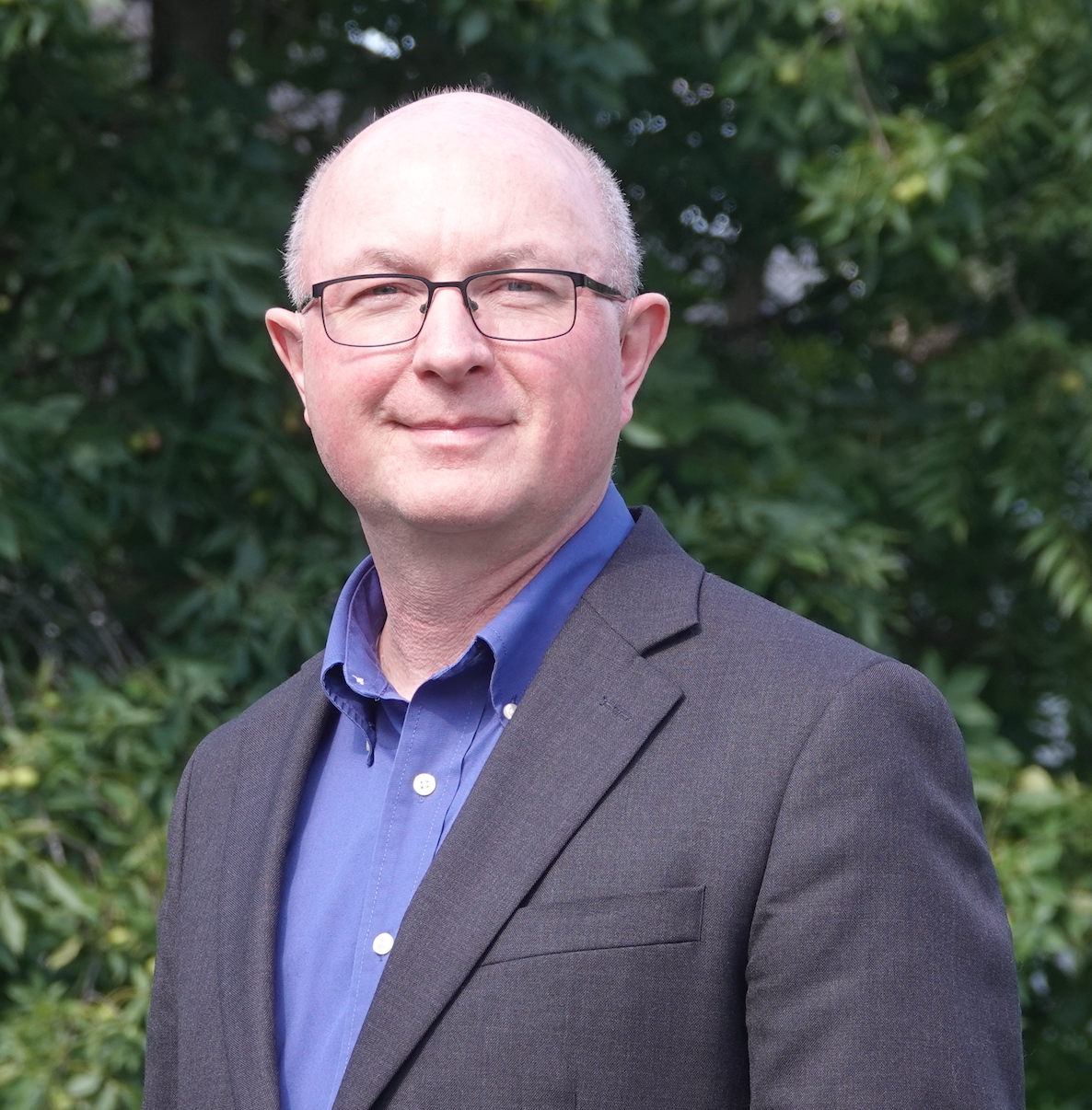Dylan Dawson
General Member Representative, Elektrobit
Head of Partner Management Americas, Elektrobit
Dylan Dawson is Head of Partner Management for Elektrobit Americas. In this role, he is focused on identifying and developing strategic partnerships within automotive specializing in open-source software and cloud architecture. In addition, Dylan is also an AWS Alliance Lead and product evangelist for EB corbos Linux and EB Linux for safety.
Leveraging more than 10 years of experience in product and business development, Dylan is experienced in a broad range of automotive technologies. Prior to his role in Partner Management, Dylan was a Business Developer for autonomous driving/virtual technologies, and Project Management for Ford infotainment systems.
He earned a master’s degree in business administration from the University of Washington as well as a BARCH (Bachelor of Architecture) from Iowa State University. When not at work, he enjoys time outdoors and trips to the local record store.
Gabriele Paoloni
Governing Board Chair, Red Hat
Sr PE | Open Source Community Technical Leader, Red Hat
Gabriele Paoloni is an Open Source Community Technical Leader at Red Hat where he defines best methodologies and requirements to qualify Linux for functional safety usage.
He is a passionate technologist and has strong experience in both functional safety and Linux Kernel development, including previous roles leading FuSa software architecture for Intel platforms, CCIX vice chairman of the TDL working group and HiSilicon PCIe Linux maintainer.
Gabriele received a master’s degree with honors in electronic engineering from the University of Rome.
Philipp Ahmann
TSC Chair
Technical Business Development Manager, Robert Bosch GmbH
Philipp Ahmann is a technical business development manager at Robert Bosch GmbH with focus on Open Source activities. He represents the ELISA project of the Linux Foundation as an ambassador and TSC member.
He has more than 10 years of experience in the field of Linux automotive SW base platforms working as engineer, team leader for all test activities and as project manager. All of these projects utilized complex multi-core chipsets.
In his current position he contributes to a project focusing on embedded Linux in industrial applications and wider IoT scope beyond pure Automotive use cases.
Steven H. VanderLeest
The Boeing Company
Software Technical Lead, The Boeing Company
Steven H. VanderLeest (PhD in computer engineering, University of Illinois) is a Software Technical Lead at The Boeing Company and an app developer at squishLogic LLC (a company he founded). Previously, he was Principal Engineer for Multicore Solutions at Rapita Systems, the Chief Operating Officer at a small engineering services company, and a professor of engineering at Calvin University. He was also the first president of the Christian Engineering Society.
A senior member of the IEEE, he has published on avionics safety and security in the IEEE Aerospace and Electronic Systems Magazine, the IEEE/AIAA Digital Avionics Systems Conference, and SAE Aerotech. He has served as principal investigator for Small Business Innovation Research contracts with the US Navy, Army, and DARPA. He co-authored a paper for the 2021 Digital Avionics Systems Conference that won the Best of Conference award. Dr. VanderLeest currently chairs the Future Airborne Capability Environment (FACE™) Enterprise Architecture Airworthiness subcommittee.




